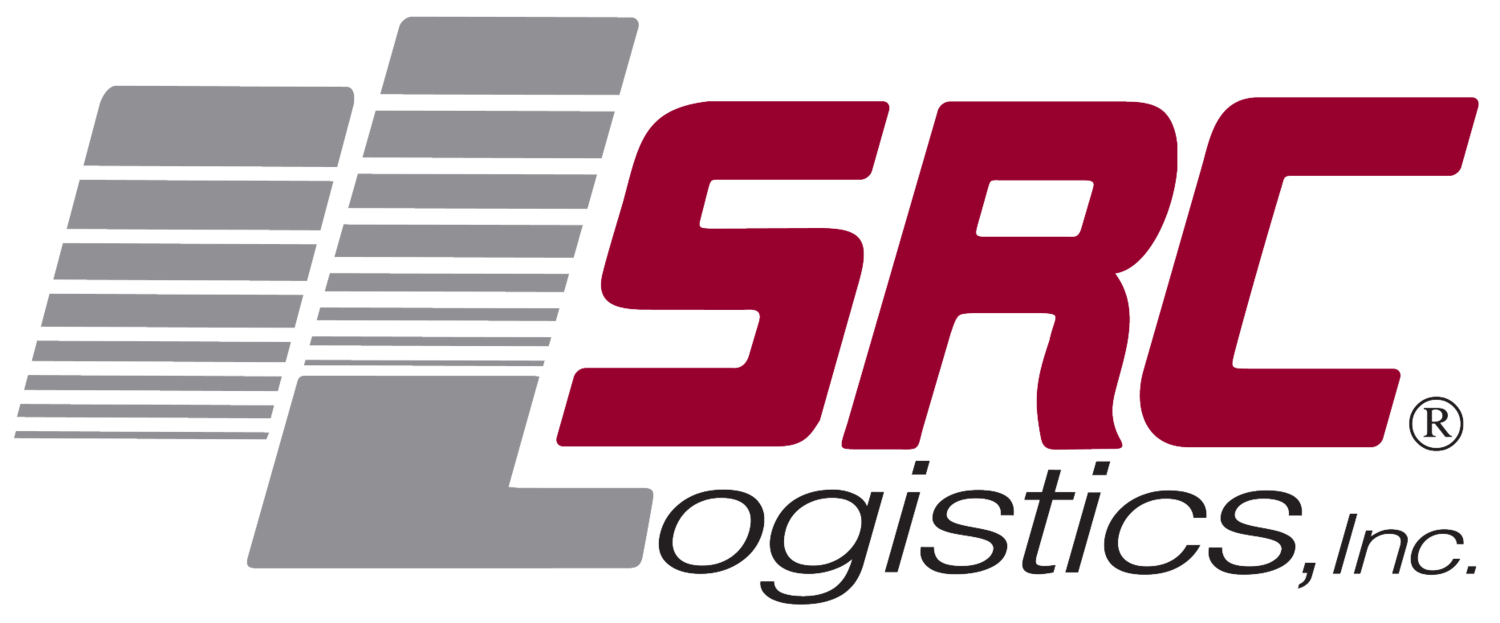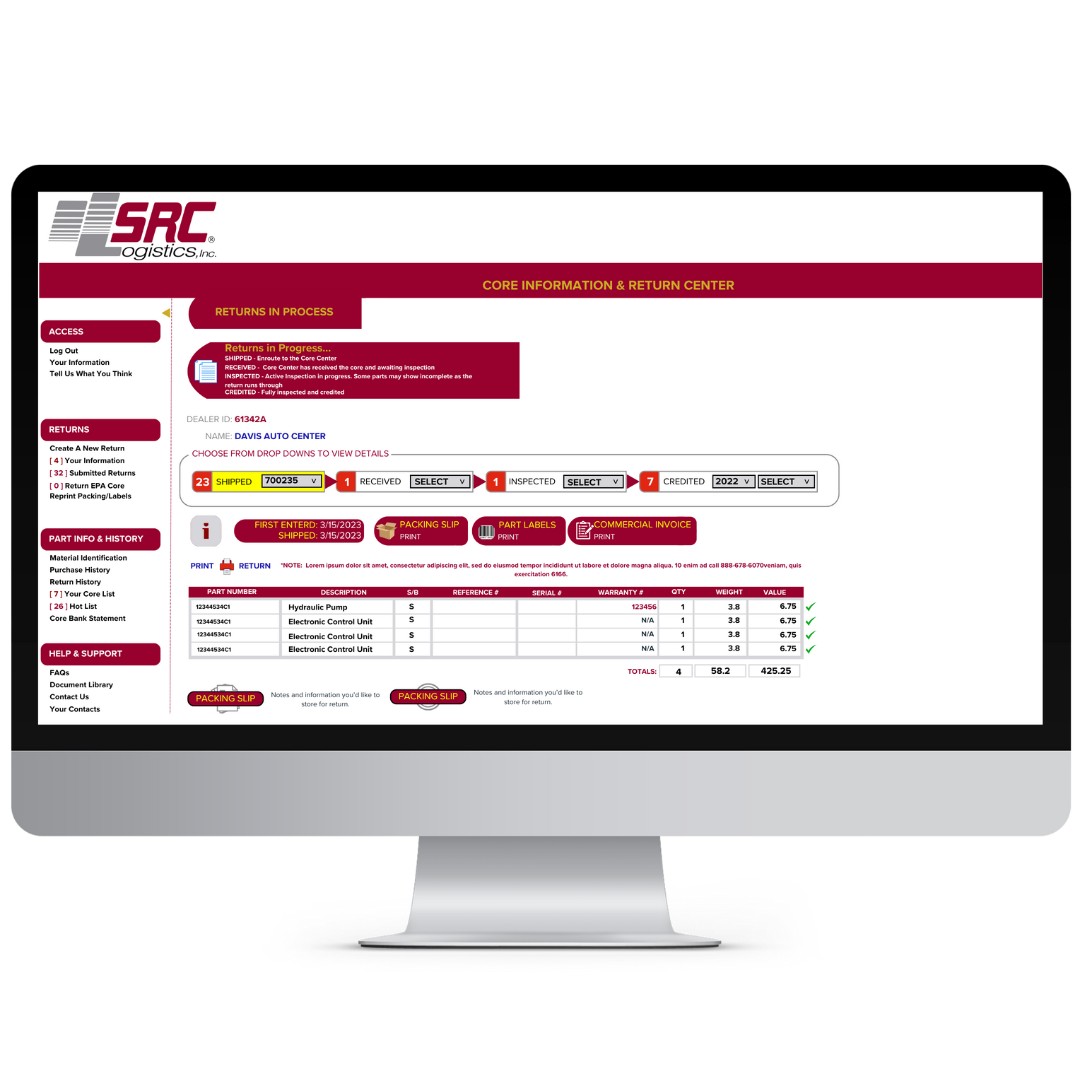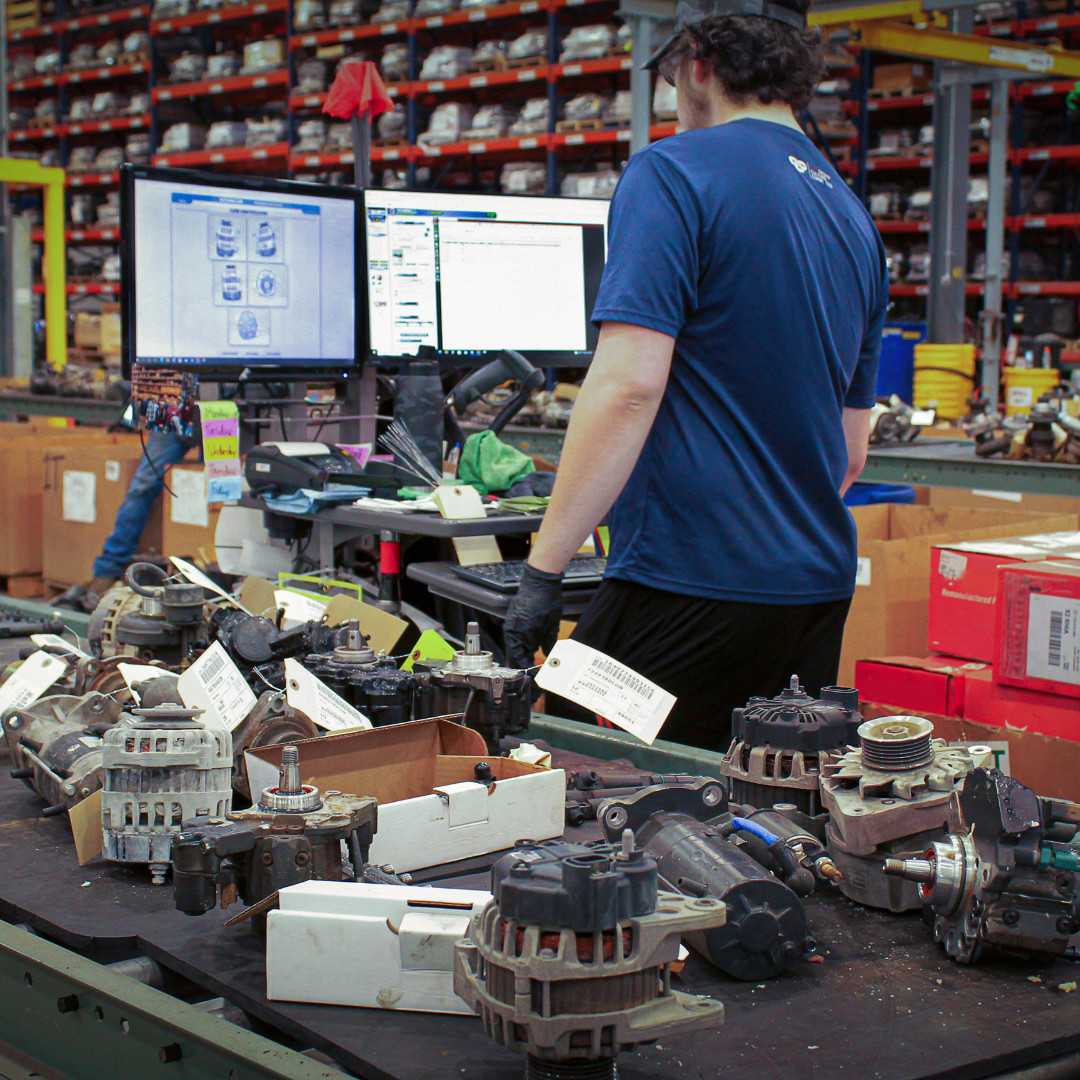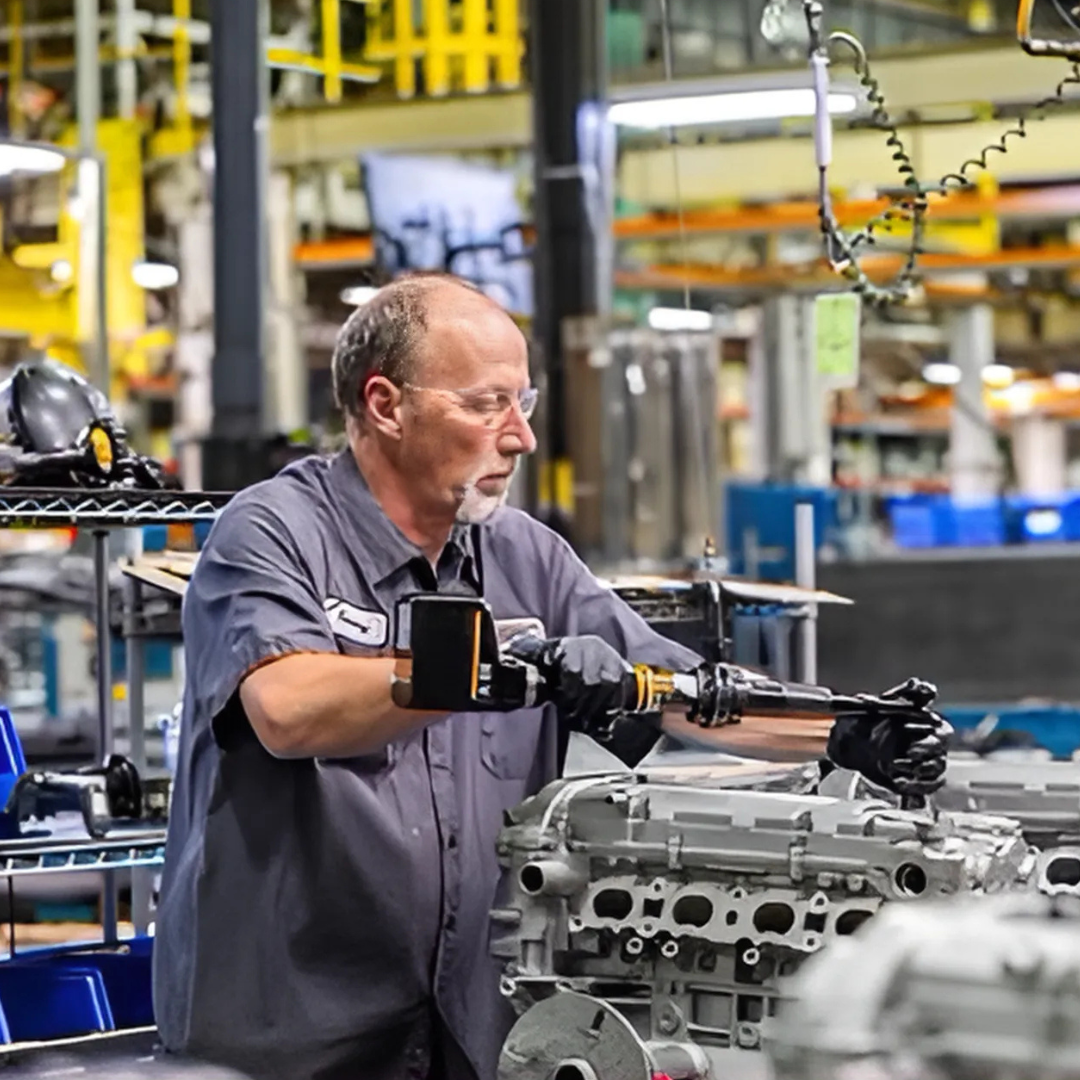Remanufacturing: 3 Steps to Start a Successful Program
A well-executed remanufacturing program can significantly reduce waste, lower costs, and ensure a reliable supply of high-quality core parts for end users.
But success doesn’t happen by chance; it requires a structured approach. Let’s walk through the three main pillars that will help you build a solid remanufacturing foundation.
1. Core Management: The Foundation of Remanufacturing
A successful program depends on a steady and well-organized core parts supply. Without effective management, businesses risk inefficiencies, supply shortages, and unnecessary waste.
Core Sourcing & Collection
To keep your core parts supply steady, consider:
Customer Return Software
Supplier Partnerships
Buyback Programs
Core Tracking & Inventory Management
Software can make a real difference by streamlining the returns process for dealers, OEMs, and suppliers by giving them a hassle-free return process. It can also track and manage core parts status at every stage of the supply chain.
RLMS® Software Offers (Reverse Logistics Management System):
Dealer Portal: Dealer-specific portal allowing for hassle-free core parts returns and visibility to the entire process
Integrated TMS: Allowing instant shipment scheduling and shipping documents supported by a team of transportation experts
Supplier Management Portal: Ability for you and/or your suppliers to order core parts.
OEM Tools & Reports: Visibility and administrative management tools for your program
RLMS® Software is being used by 10,000+ Dealers Worldwide
2. Inspection & Sorting: Determining Core Viability
Not all cores are suited for remanufacturing, and it’s important to identify which ones can be remanufactured to like-new condition. A detailed inspection process is critical to avoid wasting valuable cores.
Before the cores are shipped to the core management facility, the dealer typically reviews inspection criteria to ensure the core parts are suitable for return. Once received, a second inspection is conducted to verify the core parts’ suitability for remanufacturing and crediting purposes.
If a core passes inspection, it is sent off for remanufacturing. If a core does not pass, it can be evaluated for other remanufacturing options or scrapped to prevent going to a landfill. With thorough inspection criteria, the likelihood of scrap is minimized.
SRC Logistics processes 6.2M + core pieces annually
3. Remanufacturing: Bringing Cores Back to Life
After passing inspection, cores enter the remanufacturing stage, where they are restored to like-new condition, meeting or exceeding original performance standards.
The Remanufacturing Process:
Disassembly: Carefully breaking down components for evaluation.
Cleaning & Restoration: Removing contaminants, resurfacing materials, and applying protective coatings.
Replacement & Machining: Worn components are machined back to OEM specifications, and when necessary, replaced with new parts.
Reassembly & Testing: Ensures the final product meets or exceeds OEM standards.
By analyzing core parts failures and using advanced technology, skilled labor, and quality control to make improvements during remanufacturing, companies provide customers with a consistent product, regardless of the part’s previous life. This ensures remanufactured products perform as well as, if not better than new.
For those without in-house capabilities, outsourcing to experts like SRC Springfield Remanufacturing Corp, SRC Automotive, SRC Technologies Group, SRC Industrial, or SRC of Lexington could be a viable option. By leveraging their expertise, companies reduce costs and improve turnaround times without investing in their own remanufacturing infrastructure.
SRC Remanufactures 50K+ engines annually.
Core Management: The Heartbeat of Remanufacturing
Strong core management is the heartbeat of a successful remanufacturing program. With the right software and processes, OEMs will experience remanufacturing growth and profitability.
This is where RLMS® Software can make a real impact. RLMS® Software (Reverse Logistics Management System) provides a dealer-specific portal for hassle-free core parts returns, an integrated TMS for instant shipment scheduling and shipping documents, and a Supplier Management Portal for ordering cores.
By integrating the right technology into your core management program, you can ensure that your remanufacturing process stays efficient, profitable, and scalable for years to come.



